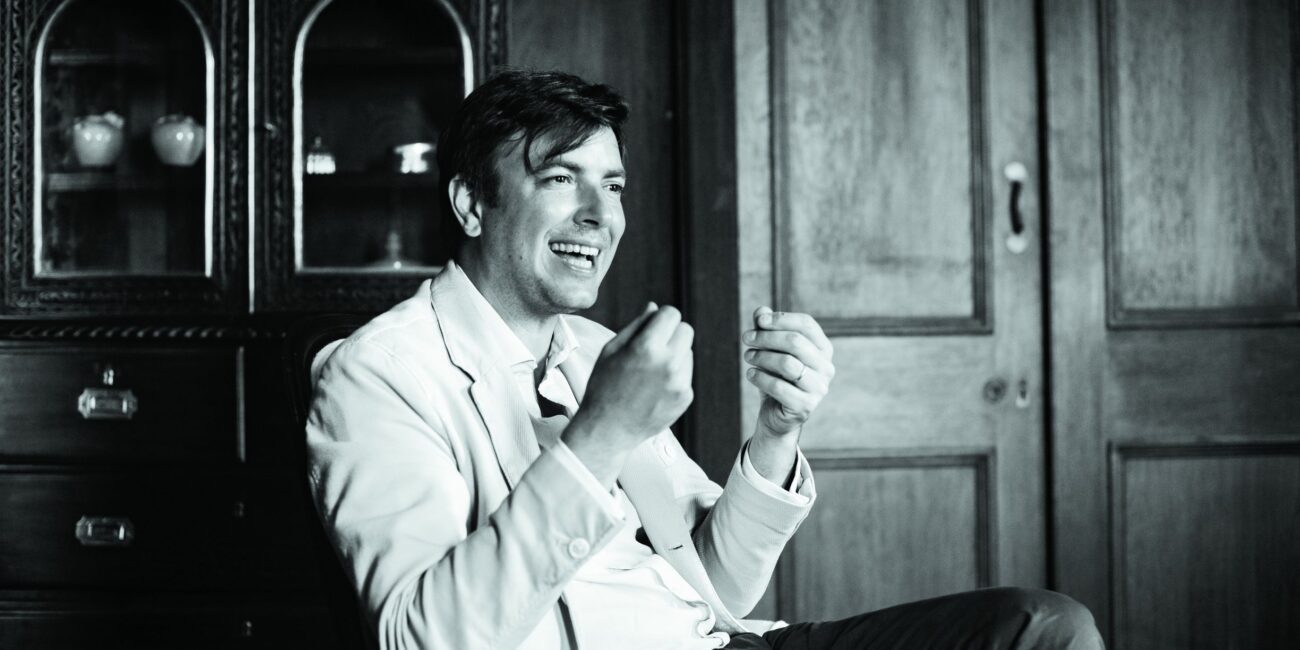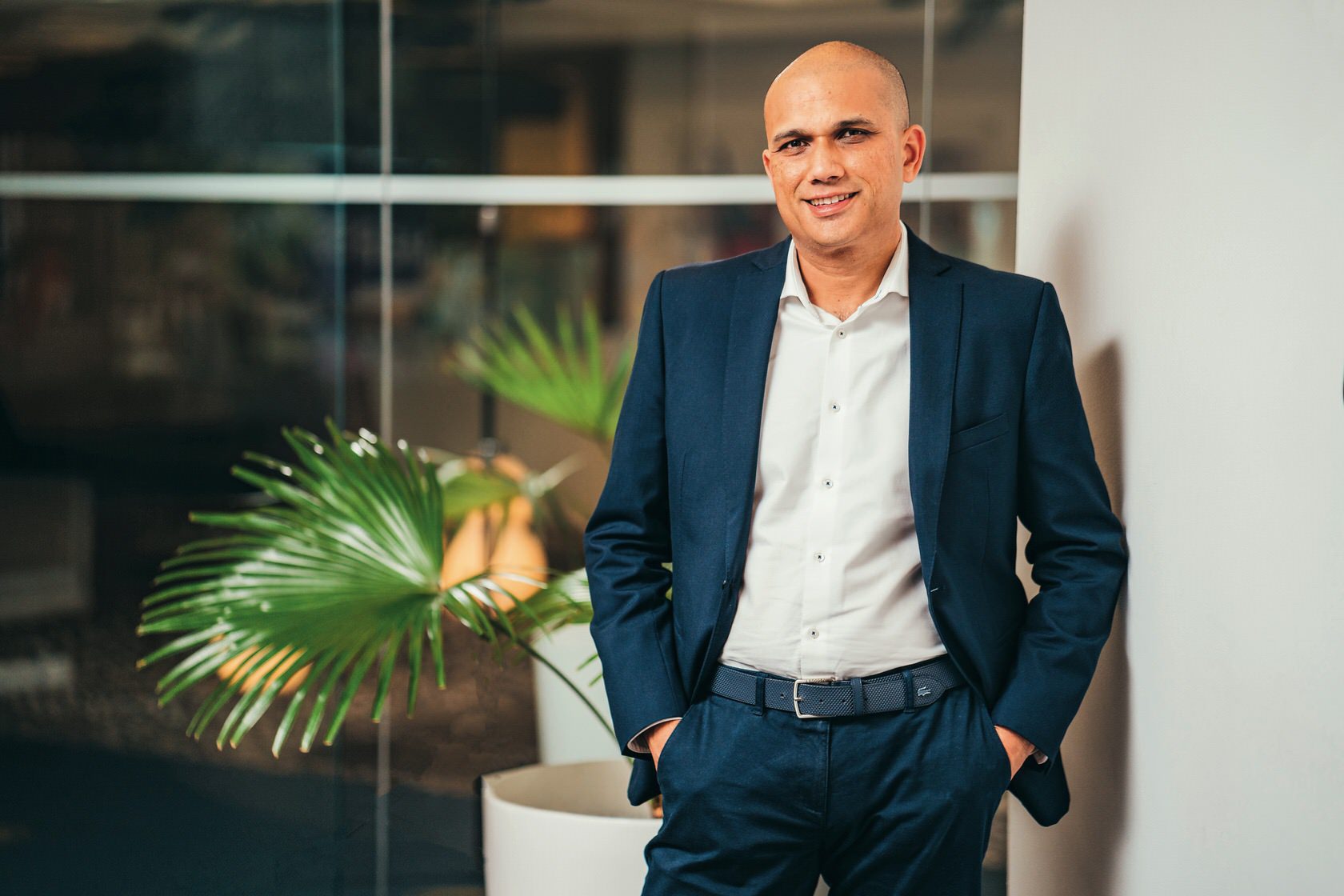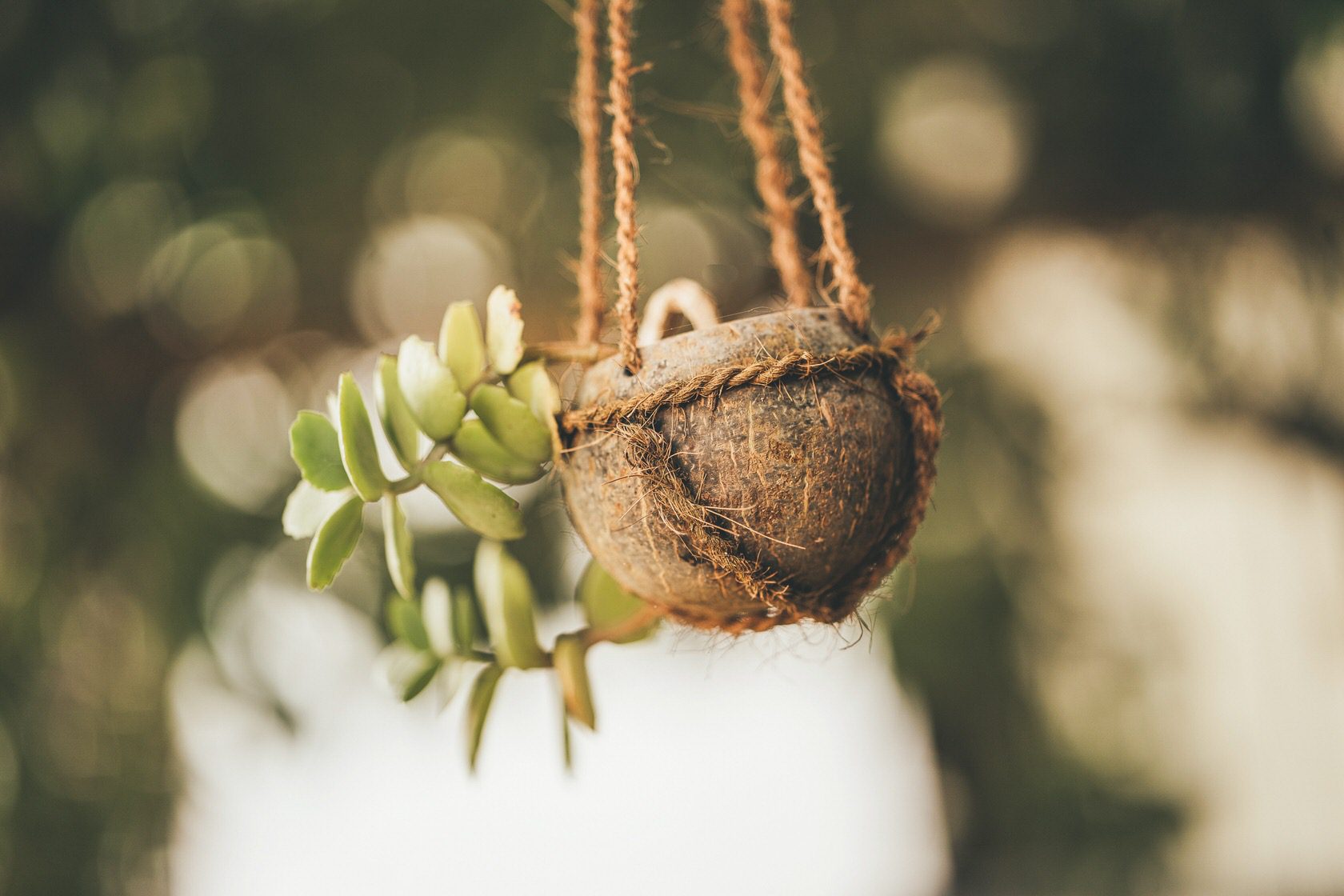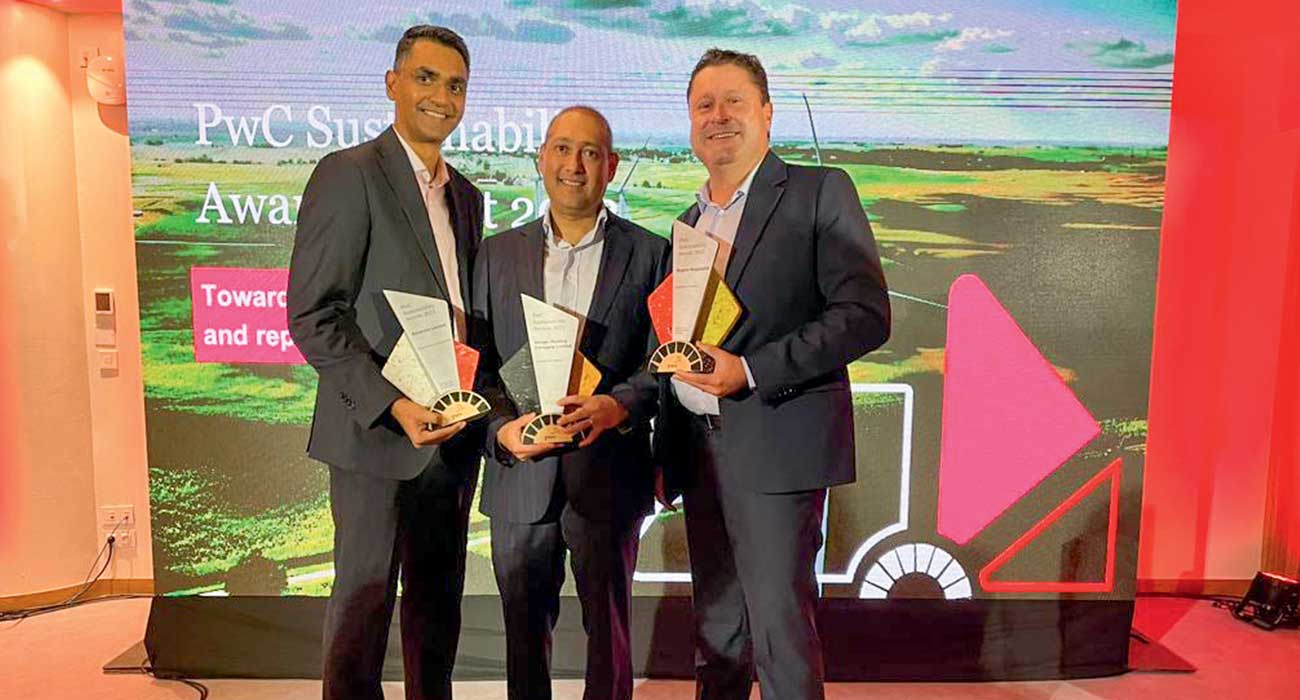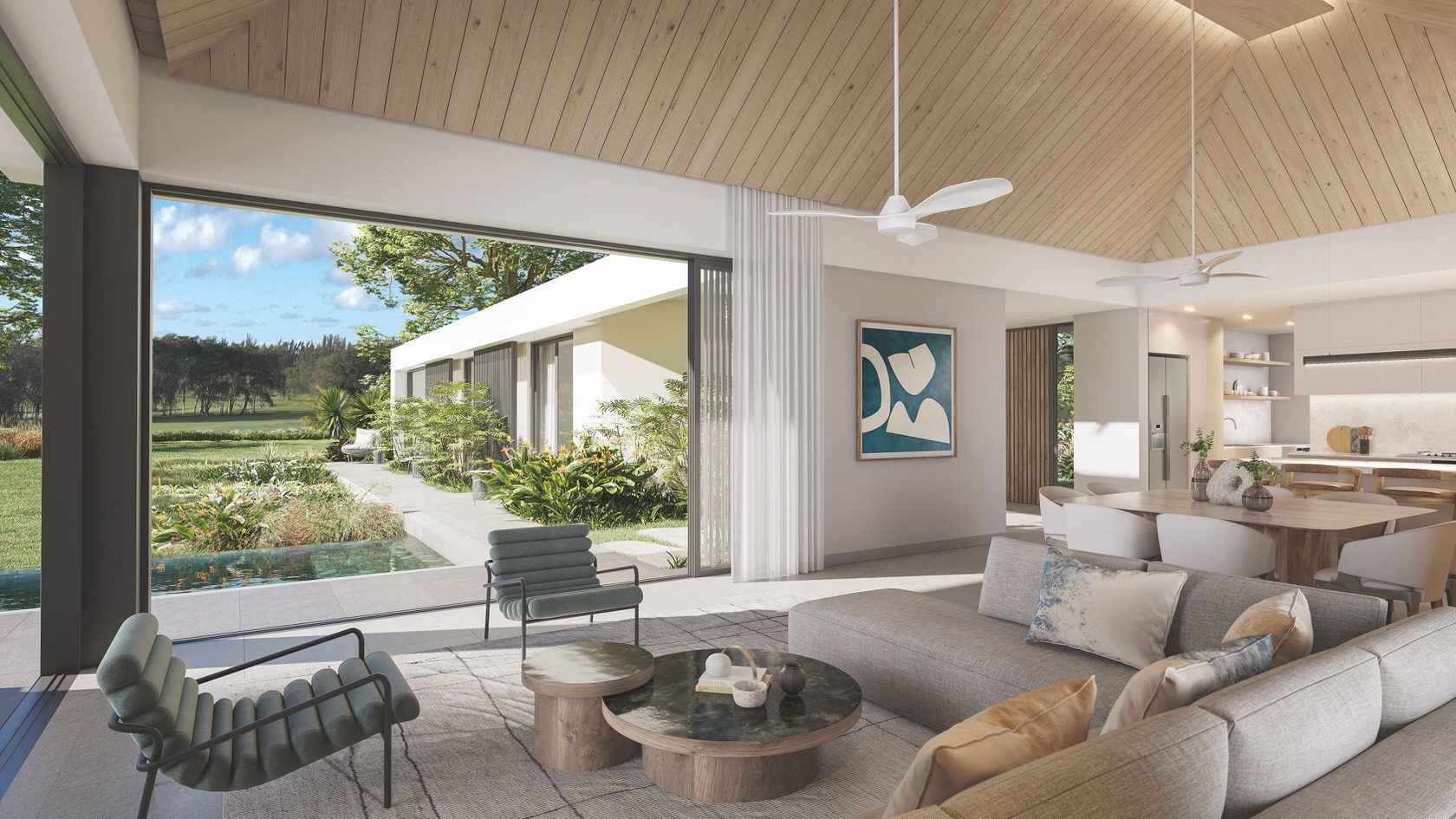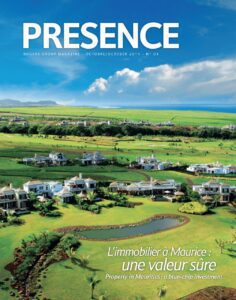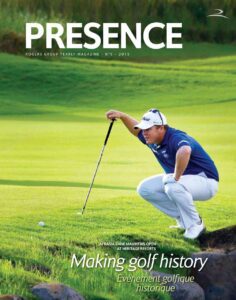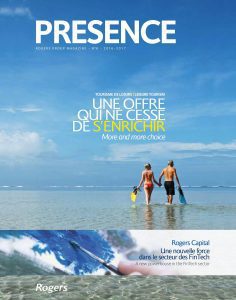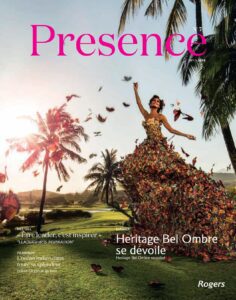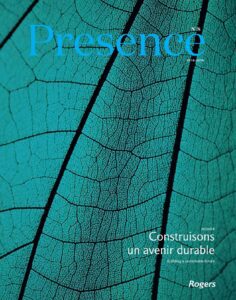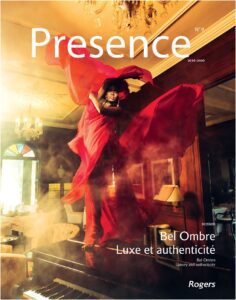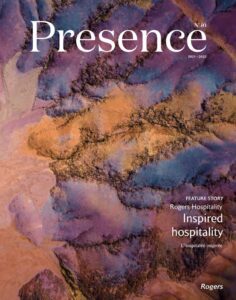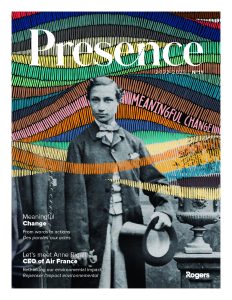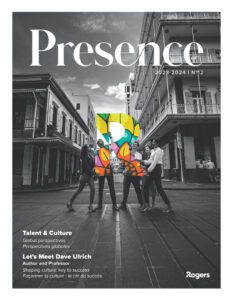For over 30 years, French architects, Perrot & Richard, have been restoring and preserving heritage buildings with a specialisation in theatres. After intervening in the restoration of the Opéra Garnier, Arles Amphitheatre, and Al-Shaab Gymnasium, associate director, Florent Richard, orchestrated the renovation of Heritage Le Château to bring it back to its former glory.
Photos. Gilliane Soupe
You have been involved in international restoration projects, such as: Opéra Garnier, Arles Amphitheatre, Al-Shaab Gymnasium, all designed by Le Corbusier, and which are, in many ways, light years away from the Bel Ombre project.
Each site is unique. When you arrive in any place, you feel its vibrations, whether it’s good or bad. Mauritius has a wonderful story. I came to the island to visit a childhood friend who moved here. I wanted to see her often so I looked for an occupation here. I travelled the island on foot and by car, and I met many interesting people. It’s through these exchanges that I managed to find something. We made architectural plans for several projects that are completely different from each other. For the Bel Ombre project, it started with a friendly encounter with Philippe Espitalier-Noël who wanted to have our opinion on this project. On our first visit, we immediately felt we had something incredible to do here. Philippe Espitalier-Noël asked us to develop a master plan for the entire estate. After almost a year, we came up with an important document, which acts as a guide for forthcoming years. With Heritage Le Château as the epicentre of the estate, it focuses on unifying all the surrounding products of Heritage Bel Ombre, including: Heritage Le Telfair, Heritage Awali, Heritage Nature Reserve and the golf course. It was just a restaurant. We made it become a home. The building is much more airy now with more features, there is now a lounge bar, a wine cellar, and a Chefs’ table. Also it’s now simpler to adapt the building to suit different occasions such as brunches, exceptional dinners, or honeymoons. Those who come here need authenticity and exclusivity. We kept most of the original furniture that was in the building. We inspired ourselves using the modelling of other houses. The atmosphere of the house was instantly uplifted because we found the perfect colour combinations. Heritage Le Château is far from what it used to be. Before it was often closed up and a bit intimidating. Now, we want to go inside to see what’s happening here.
How were the works implemented?
We began the restructuring of Le Château and its surroundings by first proposing a path that links it to Le Telfair and the golf course. The greatest strength of this proposal was rethinking the coastal road. Before, it was seen as an obstacle for those who had to come here. But we need to consider this road as part of the estate – it will always be there. We have redesigned the Place du Moulin as well as the entrances of Le Château and the estate by removing the roundabout. It’s a huge transformation, but we haven’t really changed anything. Our expertise has been important because we know that the intangible value of places is priceless. Our goal as architects is to bring happiness to people. We proposed to offer something universal that goes beyond all the trends. Heritage Le Château is neither Franco-Mauritian nor Anglo-Mauritian. It’s an Indian manor! The Indian dignitary, Hajee Jackaria Hajee Ahmed, commissioned it but never lived in it. All that we see here is an Indo-Mauritian style.
Understanding the area and its history was essential, so we undertook thorough research. We were then able to recreate an authentic atmosphere – something simple, but only accessible through knowledge. And this knowledge is what we, as heritage experts, are able to analyse, regardless of the location and the scale. We have been given a fantastic mission because we are going from planning the restoration of a large-scale area – the thousands of acres that make up the estate – down to sketching the uniforms of staff who work here.
Our goal as architects is to bring happiness to people.
Could we say that you accomplished the work of a scenographer?
The role of a scenographer is to immerse you into a dream. We create reality. We offer the experience of enjoying life indoors. The stone façade gives Le Château a tough aspect. The trick was to double its surfaces with the verandas. You’ll also see that all the raffias have been cut down, as one of our main tasks was also to bring the gardens back to their initial prestige. As an architect we need to transmit our understanding of a place through its design, this way visitors can understand them too and appreciate the place more. Here, we offer an elite experience that everyone can appreciate.
How many months did you spend doing research before coming up with this proposal?
Since 2015, we’ve been coming to the estate, on and off, for a year and a half, to help us get a better knowledge of it. Then, in February 2017 when the work at Le Telfair started, everything started to fall into place. We then decided on the placement of each piece of furniture and drew it on the plan so that we could make sure it was possible. We had a dedicated team here in Mauritius. And Anabelle de Châteauneuf acts as our intermediary. I searched the antique shops in Mauritius, and in France we brought things in from everywhere. We have composed a library with books that tell us about the ‘Passage to India’, the pirates and botany. These are fascinating reference books from which we can discover all the different stories that helped shape the Mauritius we know today. The realisation of these works lasted three months - including the research, and the restoration of the furniture, entirely realised in Mauritius.
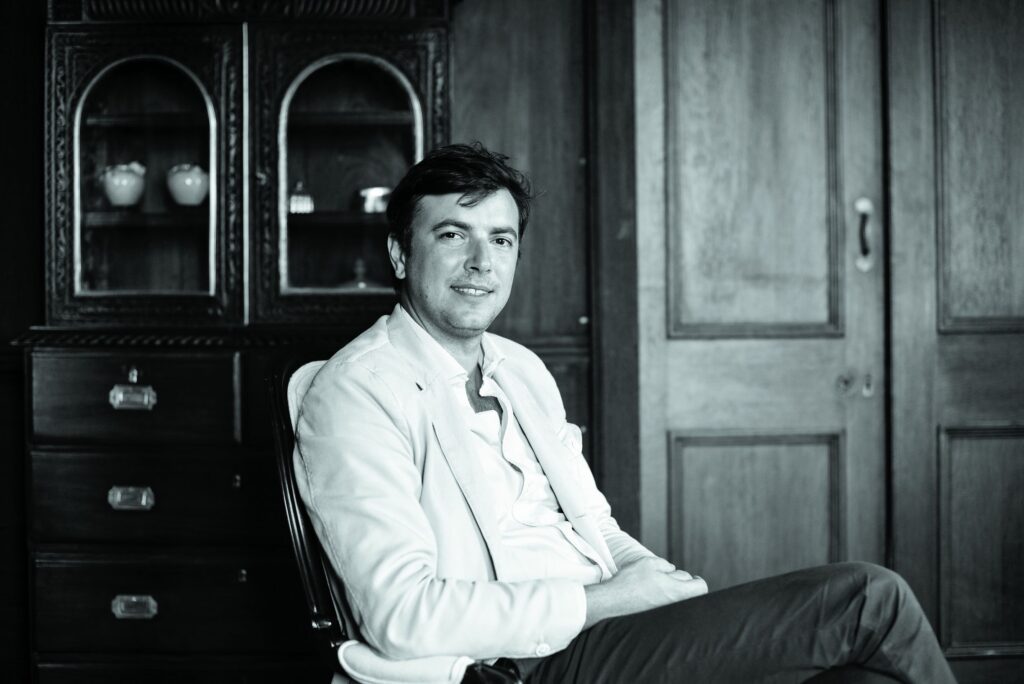
Tell us about this Mauritian team.
We partnered with Mauritian architect Jean-Philippe Piat for this project. The main reason is because it’s the law – as I’m not a Mauritian citizen, so I can’t directly practice here. Also because it was a pleasure to work with him! We’ve always encouraged our Mauritian team to work on international projects. We actually won a competition for the Bank of France with them. And vice-versa, our French architects also work on Mauritian projects. This genuine synergy enhances our proposals.
When you travelled in Mauritius, you must have seen some historic buildings that also need to be restored. Does the experience of Bel Ombre make you want to work on other similar projects in Mauritius?
There are buildings in great danger in Mauritius. The Port Louis Theatre, what a disaster! Especially for us, international experts of theatres! I had the opportunity to visit the theatre, and was asked to propose something. Nothing happened after this because it lacks a real driving force that can’t come from us, but from the Mauritians only. I really want to help. I think that our work in Bel Ombre proves that we are able to work with Mauritian architects. And that is what’s most important: our architects are Mauritians, they know the Mauritian codes and we have the expertise. Our aim is to help preserve Mauritius. Preserving also means rationalising land developments so that the island remains as natural as possible. Preserving heritage is our core business - whether it is heritage that is movable or fixed, or even tangible and intangible heritage.
How was your collaboration with the landscaper Laurence Aurejac?
We made a master plan for the whole estate: Le Château, its surroundings and the different areas. We agreed on the concepts that enabled us to define, in detail, the work that needed to be done by the landscapers. Jean-Philippe Piat coordinated all of this and suggested Laurence Aurejac as landscaper for the project. Before she came to Mauritius, we met in Paris for a whole day. She approved my proposal and she gave her expert opinions that helped to enrich it. Today, I highly appreciate seeing the work we have accomplished with her because we truly made a great team together.
Our aim is to help preserve Mauritius.

